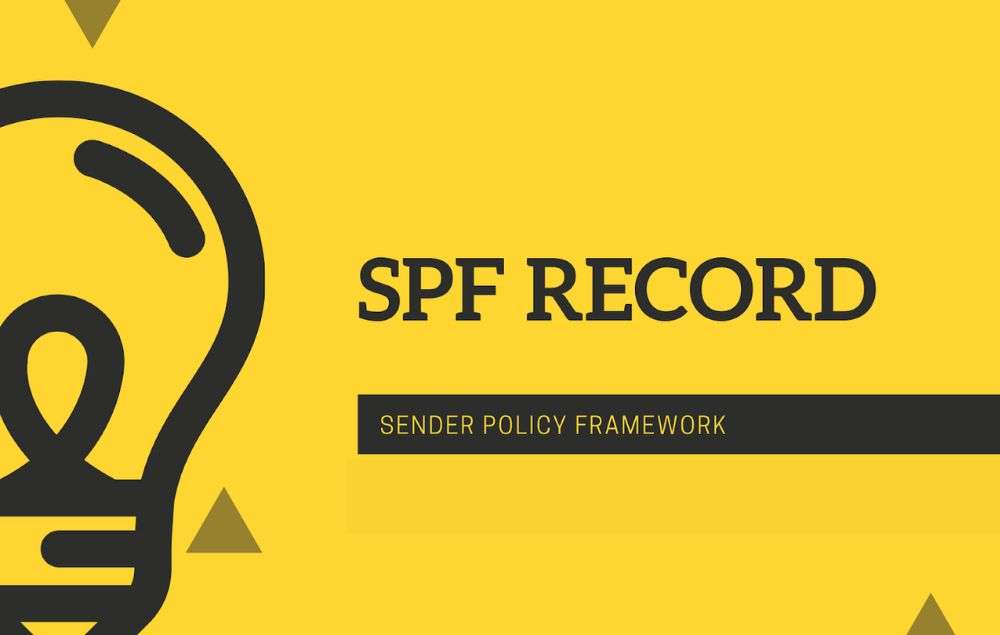An SPF (Sender Policy Framework) record is a crucial element of email marketing. It specifies which mail servers are authorized to send email on behalf of a domain, helping to prevent spammers from using your domain name to send unauthorized emails. In this article, we will provide a step-by-step guide for setting up an SPF record specifically for use with Klaviyo, a popular email marketing platform.
Prerequisites
Before you can set up a Klaviyo SPF record, there are a few prerequisites to be aware of. First and foremost, you will need access to the DNS settings for your domain. This is typically done through your domain registrar or hosting provider. If you are not familiar with DNS settings or do not have access to them, you will need to work with your IT team or hosting provider to set up the SPF record.
In addition to access to your domain’s DNS settings, you will also need to have a Klaviyo account and be familiar with the basics of email marketing. If you are new to Klaviyo, you may want to spend some time familiarizing yourself with the platform before attempting to set up an SPF record.
Setting up the Klaviyo SPF Record
Now that you have met the prerequisites, you can begin the process of setting up your Klaviyo SPF record. Follow these steps to set up your SPF record:
- Log in to your Klaviyo account and navigate to the “Account” tab in the top menu.
- From the “Account” tab, click on the “Email Settings” submenu and select “Sender Domain Verification.”
- On the “Sender Domain Verification” page, you will see a list of the domains that are associated with your Klaviyo account. Select the domain that you want to set up an SPF record for.
- On the “Domain Verification” page for your selected domain, you will see a “Step 1” section titled “Add an SPF Record.” Follow the instructions provided to add a new SPF record to your domain’s DNS settings.
- The instructions provided by Klaviyo will include a specific SPF record value that you will need to enter. Be sure to copy and paste this value exactly as provided to avoid any errors.
- Once you have added the SPF record to your DNS settings, return to the “Domain Verification” page in Klaviyo and click the “Verify Domain” button. This will verify that the SPF record has been set up correctly.
Here is an example of what your SPF record might look like in your domain’s DNS settings:
v=spf1 include:_spf.klaviyo.com -all
Tips and Best Practices
Now that your Klaviyo SPF record is set up, there are a few things you can do to ensure it is working correctly and to prevent any issues from arising.
- First, regularly check your SPF record to make sure it is accurate and up to date. If you make any changes to your email sending infrastructure, be sure to update your SPF record accordingly. You can use a tool like MX Toolbox’s SPF Record Lookup to verify that your SPF record is set up correctly.
- Second, keep an eye on your email deliverability metrics. If you notice a sudden drop in deliverability, it could be due to an issue with your SPF record. You can check your deliverability metrics in Klaviyo by going to the “Reports” tab and selecting “Deliverability.”
- Third, be sure to follow best practices for email marketing in general. This includes things like obtaining permission from recipients before sending them emails, using double opt-in, and following CAN-SPAM laws. Adhering to these best practices will help to ensure that your emails are delivered to the inbox and that your recipients are engaged with your content.
Conclusion
In this article, we have provided a step-by-step guide for setting up a Klaviyo SPF record. By following these steps and best practices, you can ensure that your SPF record is properly configured and helping to maximize the deliverability of your emails. Remember to regularly check your SPF record for accuracy and address any issues that arise, and follow best practices for email marketing to ensure the success of your campaigns.


